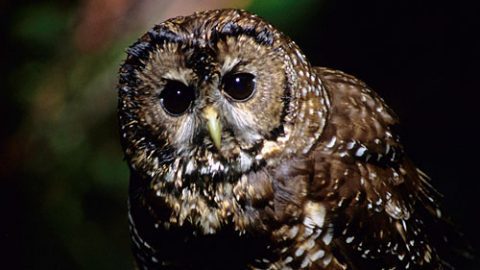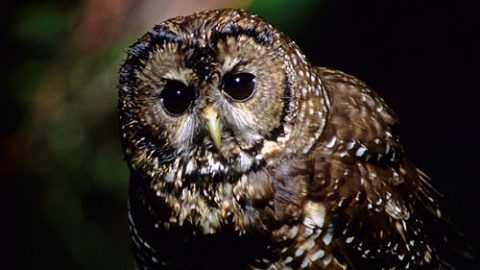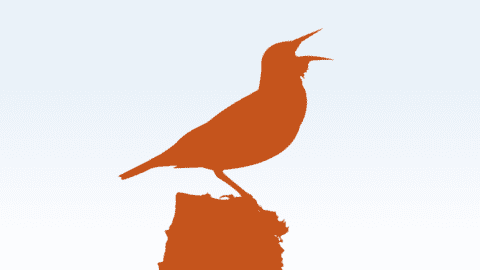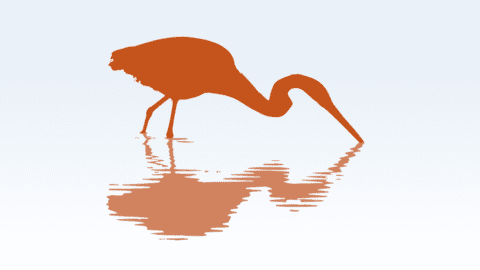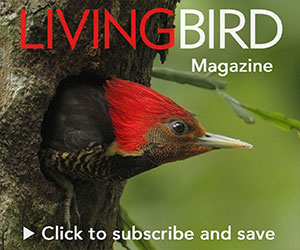Top Three Signs That Birds are Nesting Near You
By Robyn Bailey, NestWatch Project Leader
From the Spring 2016 issue of Living Bird magazine.
April 12, 2016
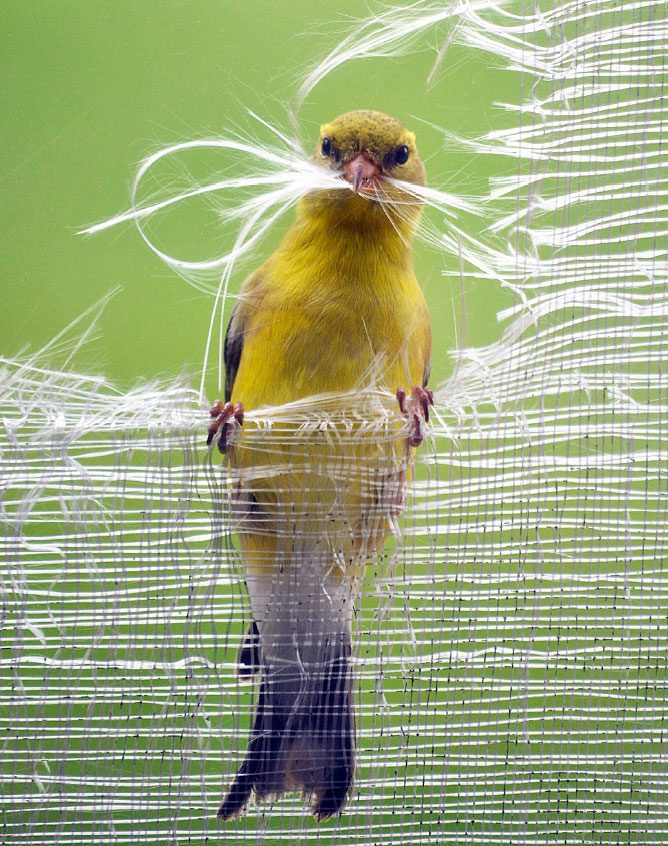
Finding a bird nest in spring gives you a rare up-close look at breeding bird biology. But it takes skill to find these camouflaged gems. If you have lots of bird activity around your house, and even just a little bit of habitat (shrubs or trees), birds are probably nesting near you. Here are the best clues that you’ve got a nesting bird for a neighbor.
Destructive Behavior
Birds don’t vigorously tear up mouthfuls of grass, pluck out their own feathers, pull threads out of outdoor rugs, or peel the screens off windows for no good reason. This is a clue that they’re gathering nest materials. If you see this behavior, watch where the bird goes once it has stuffed its beak.
Fixation on a Spot With No Food
Birds often fly directly to a feeder. They also might make direct flights to and from the nest. Other times, they won’t go directly to the nest (especially if they feel they’re being watched) but may perch above or beside the area of their nest and keep watch over it. If a bird seems fixated on a particular spot—either flying near or casting glances at it—that’s a good area to check for a nest (later, when the bird has forgotten about you).
Extra Bird Noise
The human mind is trained to ignore background noise, so everyday sounds often get filtered out. But if you’re busy outside and something sounds different, pay attention. It could be the nasal whining sounds of nestlings clamoring to be fed, or the irritated scolding of a female warning that you’re too close to her nest. If you hear something that doesn’t fit the ordinary soundscape, close your eyes and follow the sound. It might just lead you to a nest
Now That You’ve Found a Nest, Watch It!


If you find a nest this year, you can contribute to science by reporting it to NestWatch, the Cornell Lab’s citizen-science project that tracks nesting success across the country.
NOTE: As a NestWatcher, you must review a code of conduct and pass a brief quiz to ensure you use a safe monitoring protocol that doesn’t disturb birds.
More information
- How to observe a nest without disturbing it.
- Providing Nest Material For Birds: Dos & Don’ts
- All About Birdhouses: Learn how to make a safe, successful home for your feathered friends.
- What to do about nest predators.
- Found a nest in an usual place? Check out Funky Nests in Funky Places.


All About Birds is a free resource
Available for everyone,
funded by donors like you


